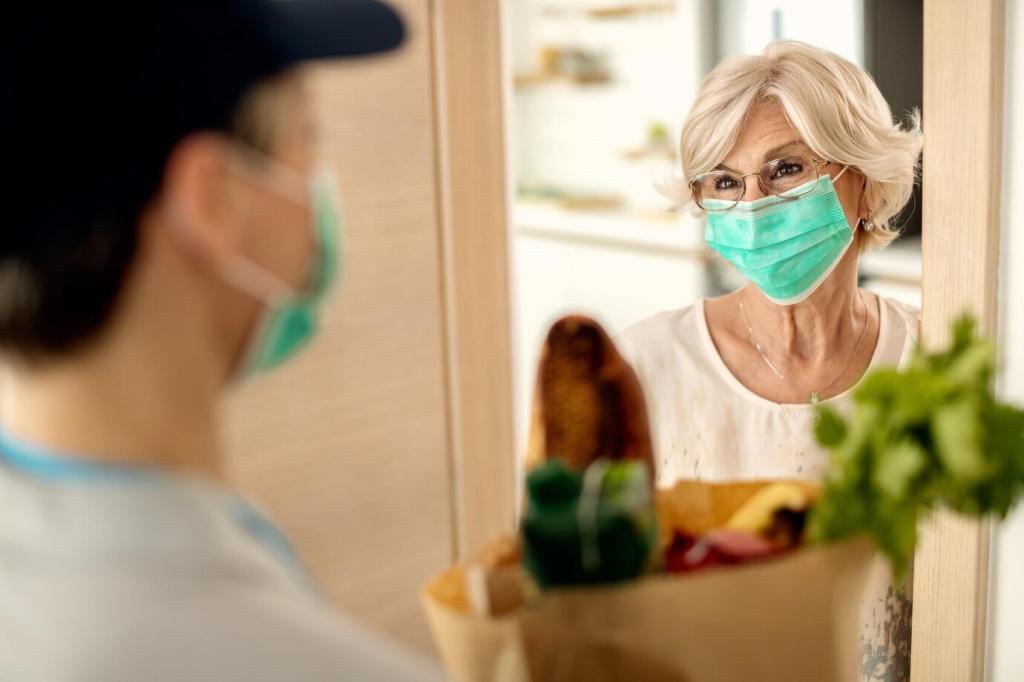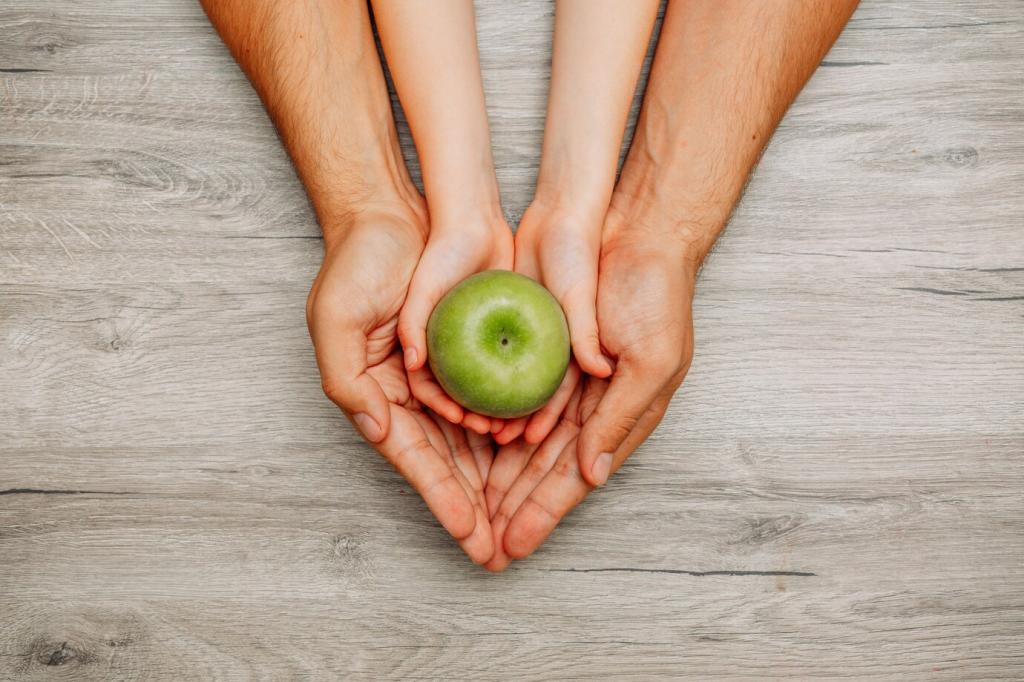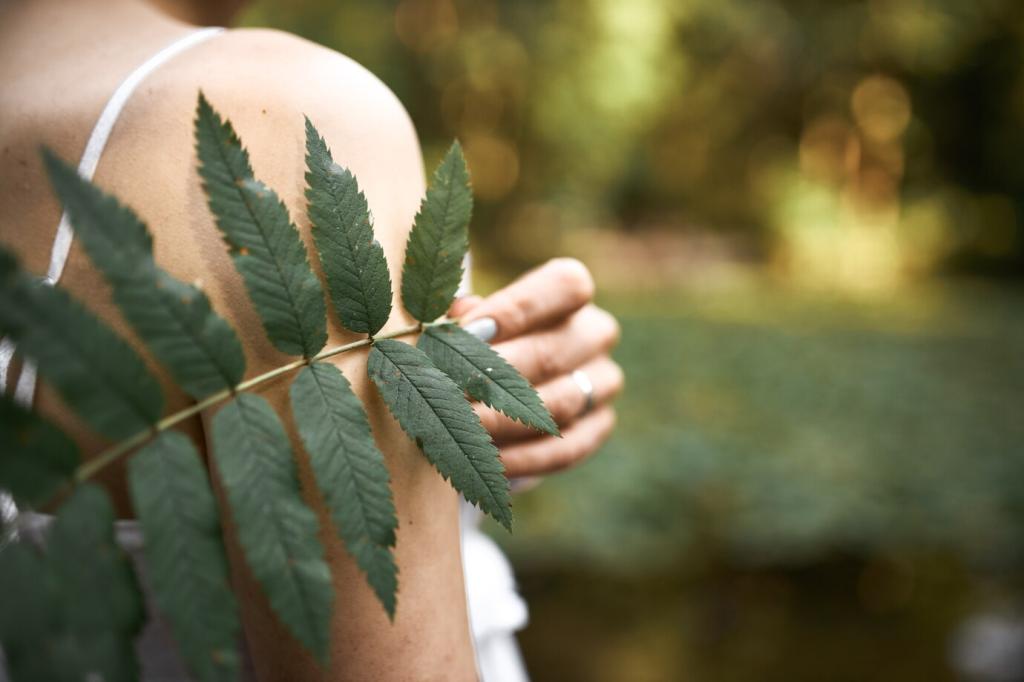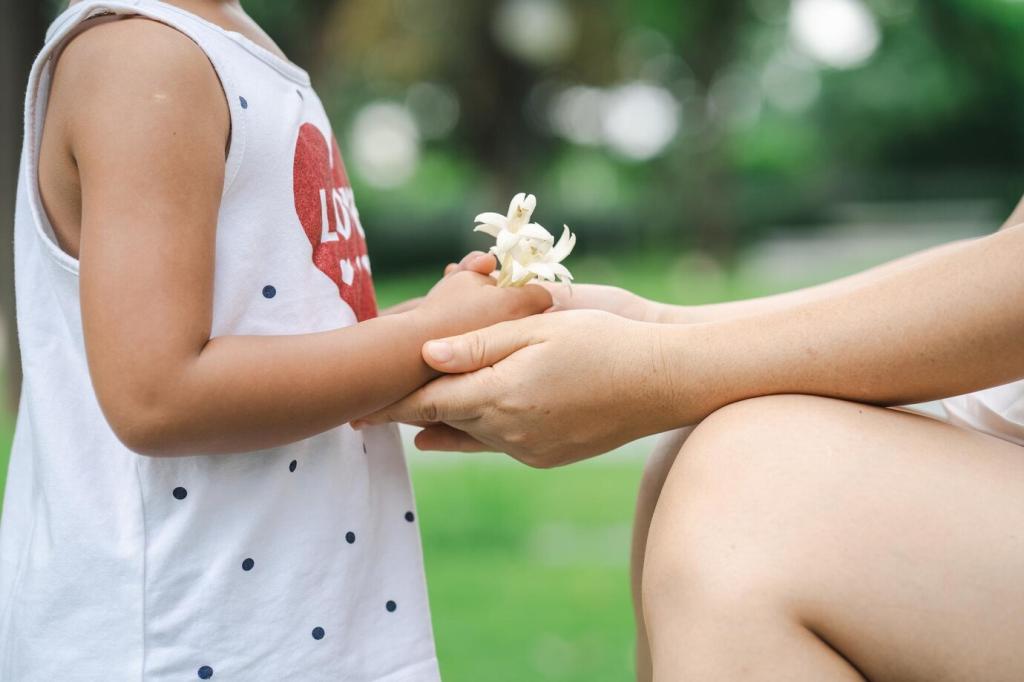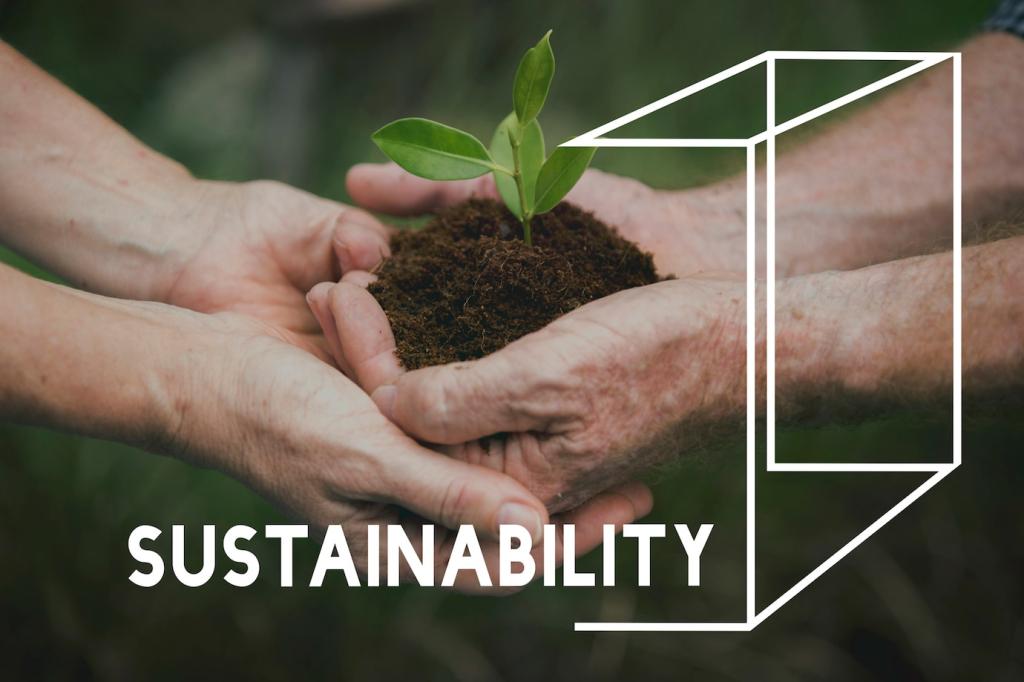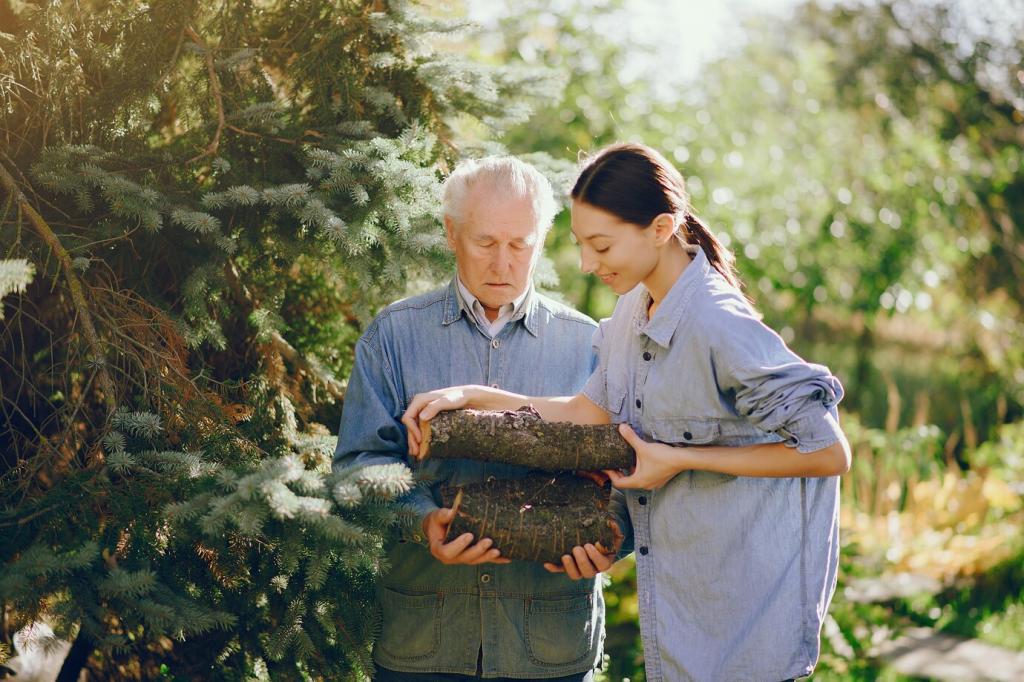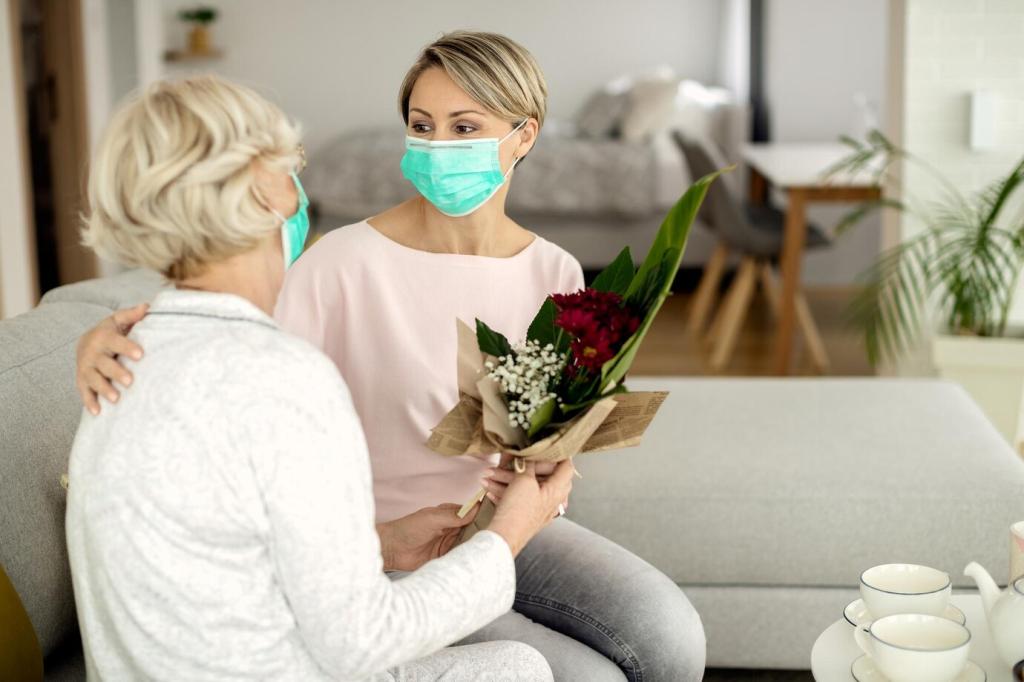Sunlight, Airflow, and Drying: Nature’s Finishing Touch
After rinsing, place items where they will receive direct sun for at least two hours. Rotate cushions and flip slatted furniture so light reaches hidden sides. UV exposure supports sanitation, while radiant warmth speeds evaporation, making your non-toxic solutions more effective without adding any chemical burden.
Sunlight, Airflow, and Drying: Nature’s Finishing Touch
Prop cushions on a cooling rack or ladder to allow air to pass under and through. A box fan on low encourages cross-ventilation. Even a gentle breeze reduces drying time dramatically, which matters because lingering moisture is the single biggest factor in whether mold returns within days or weeks.

